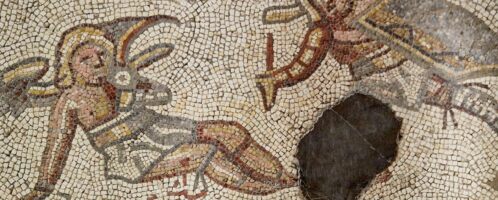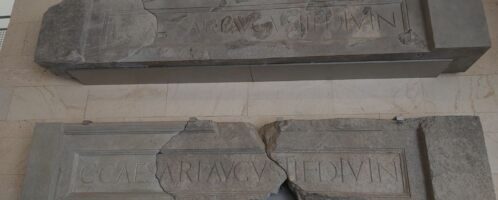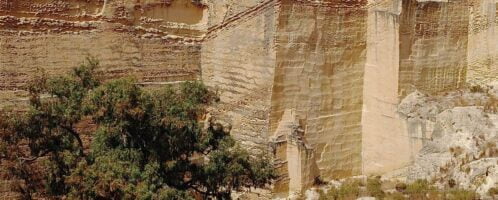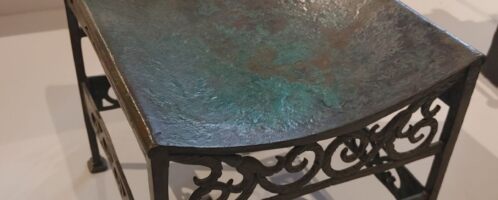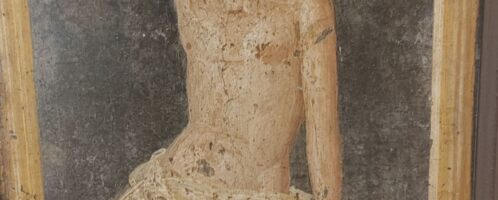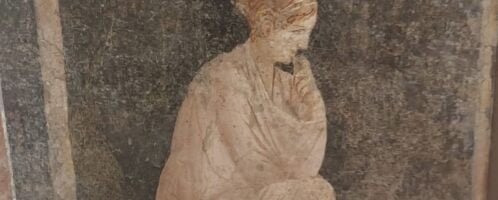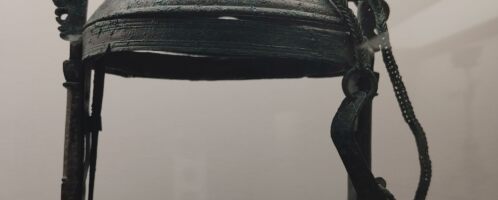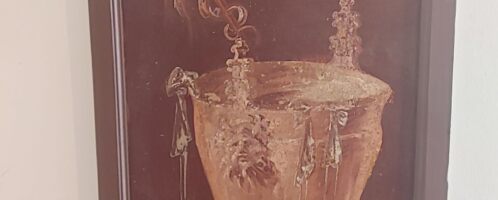Brief history of title changes of governor of Judea in 1st century CE
The title praefectus Judeae was held by the Roman governors of Judea from 6 CE. Then, after removing the son of Herod the Great – the ethnarch of Samaria, Idumea, and Judea – Herod Archelaos (4 BCE – 6 CE)1 from power and accession Quirinius for the implementation of the census ordered by the emperor Octavian Augustus riots broke out. They were used by Judah the Galilean, who led an uprising against Rome and founded together with the Zadok the Pharisee the Zealot party2. He himself died during the uprising.


